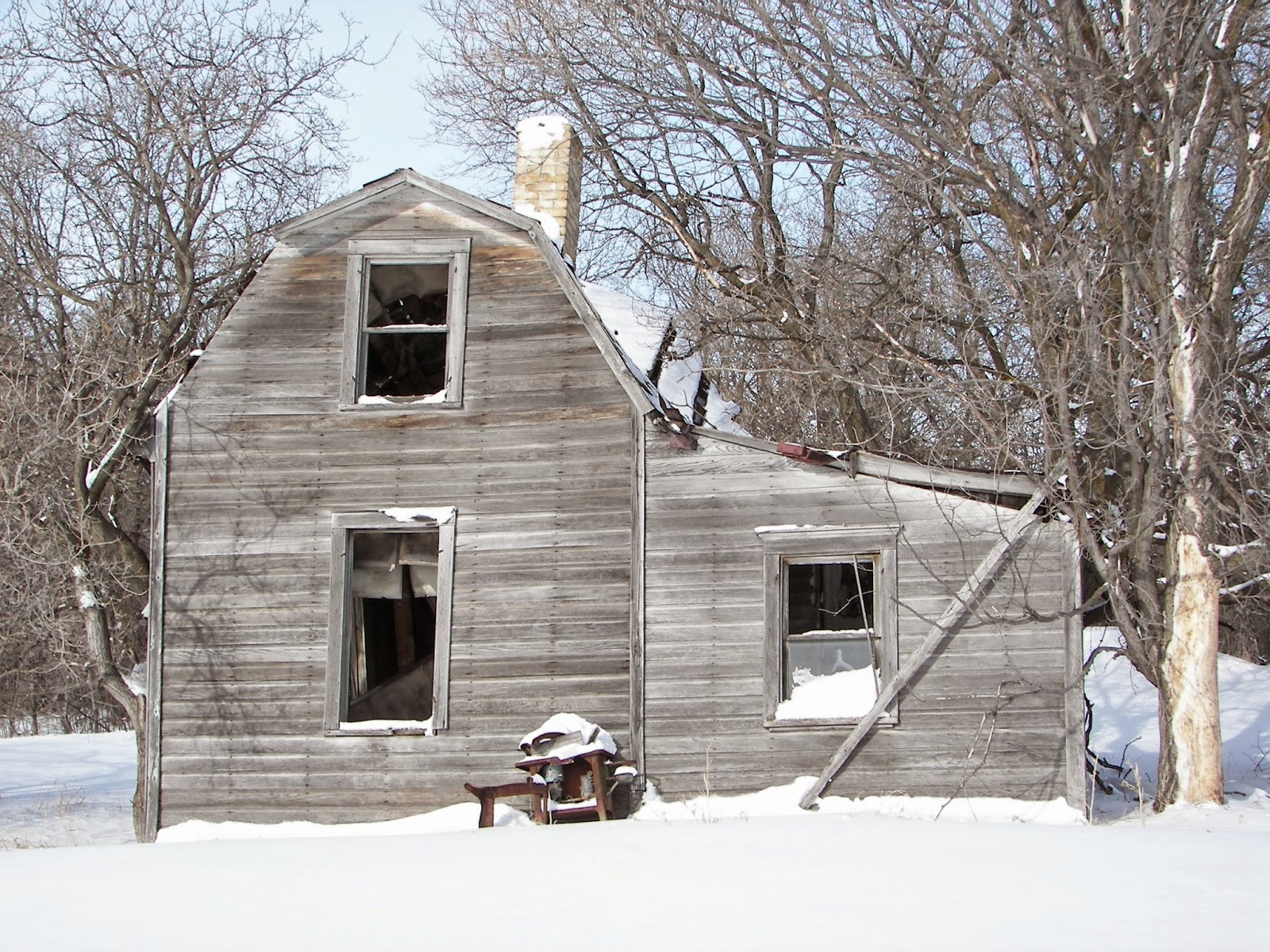Mystery tracks in the snow.
On a recent snowshoe outing in our woods in Northwestern Minnesota I came across a track in the fresh fallen snow. As I stood there looking at it I was unable to think of what kind of animal would make such a track.
The track was continuous and had a half round shape as if it had been made by a fat snake. I rarely see a track that I cannot identify because there is a limited amount of wildlife in my woods, especial in the winter.
With my curiosity aroused I started to follow the track and then noticed a couple more of the same type. After a short walk I came to what I realized was the beginning of the tracks and took another photo. ( See next photo below)
This spot was very helpful because it indicated that some type of bird had landed in the snow. The
Photo shows that the bird approached from the left and marks of it two feet can be seen to the left of the hole in the snow, showing where it landed. This hole was deeper than the rest of the tracks. A bird when landing sets its wings and makes a downward beat to slow the decent. The long marks in the snow to the left of the landing hole shows where the edge of the left wing touched the snow. Five distinct marks show where the wing tip feathers made a light mark.
The imprint and track showed me it was a large bird and had to be a Ruff Grouse as at least six presently reside in these woods. In normal winter conditions a Ruff Grouse walks on the surface of the snow with ease, and rarely sinks in more than an inch. This bird was sinking in at least six inches and was having to push forward with its chest to make any forward movement in the soft snow and this resulted in the unusual tracks.
The third photo shows the landing site of another grouse that came from the direction at the top of the photo. Again the marks of the feet can be seen at the tope of the photo while the wing tip feather marks are seen on the left side of the photo. As the birds wade off, they sink so low in the snow that the bottom parts of the folded wings leave drag marks in the snow.
Once I felt satisfied that the tracks were left by Ruff Grouse I tried to understand why these birds were sinking so deep on the snow. As I thought back to the beginning of our recent weather I believed I had the answer
A few days ago we received two or three inches of light fluffy snow the slowly fell during the night and early morning. This was followed later in the day by strong winds that ranged from thirty to forty five miles an hour and created a ground blizzard across our region.
The winds stripped the loose snow off the fields until it was airborne and blown in vast clouds across the landscape. Where ever the winds blew across wooded areas the winds were slowed and the snow settled in the woods. As the storm drew to a close the winds died down and these vast clouds of snow settled gently in the protected woods.
The ground blizzard resulted in the top five or six inches of newly deposited snow to be so light and fluffy it would not support the grouse and they sank chest deep and had to struggle to move about.
The fact that the grouse experienced a mild fall and were rather fat and heavy contributed to their problem.
The mystery of the strange tracks in the snow was solved.





















